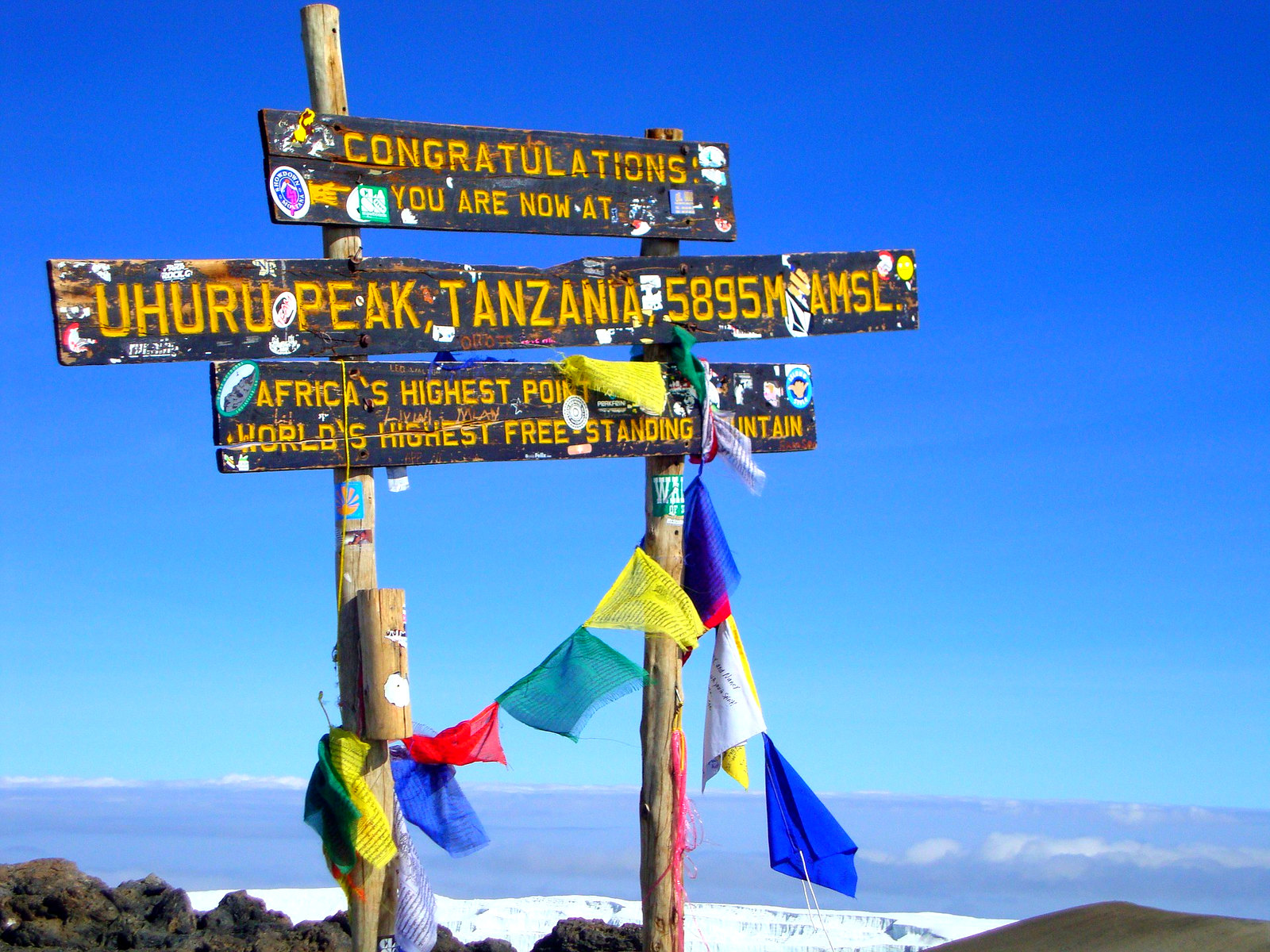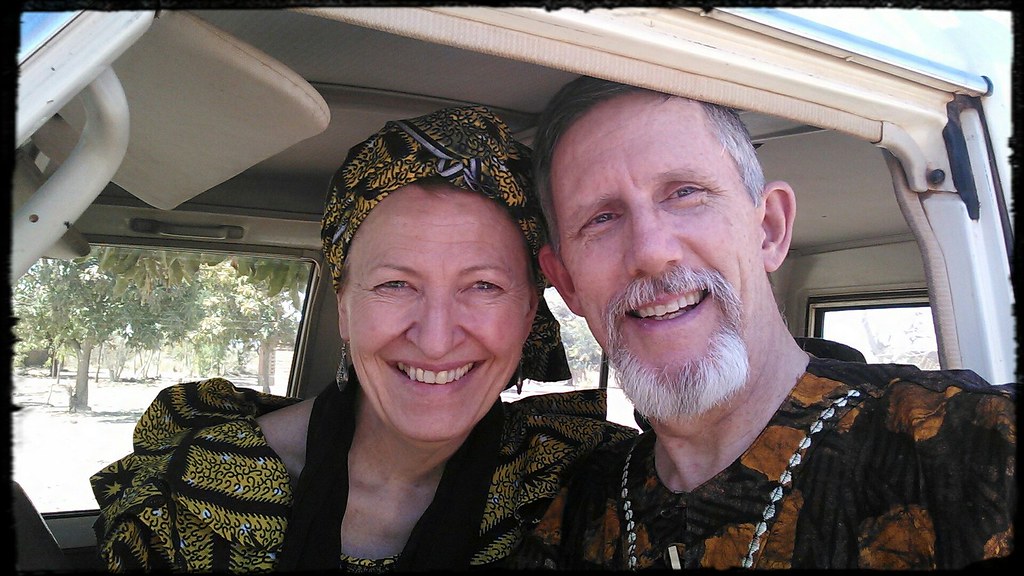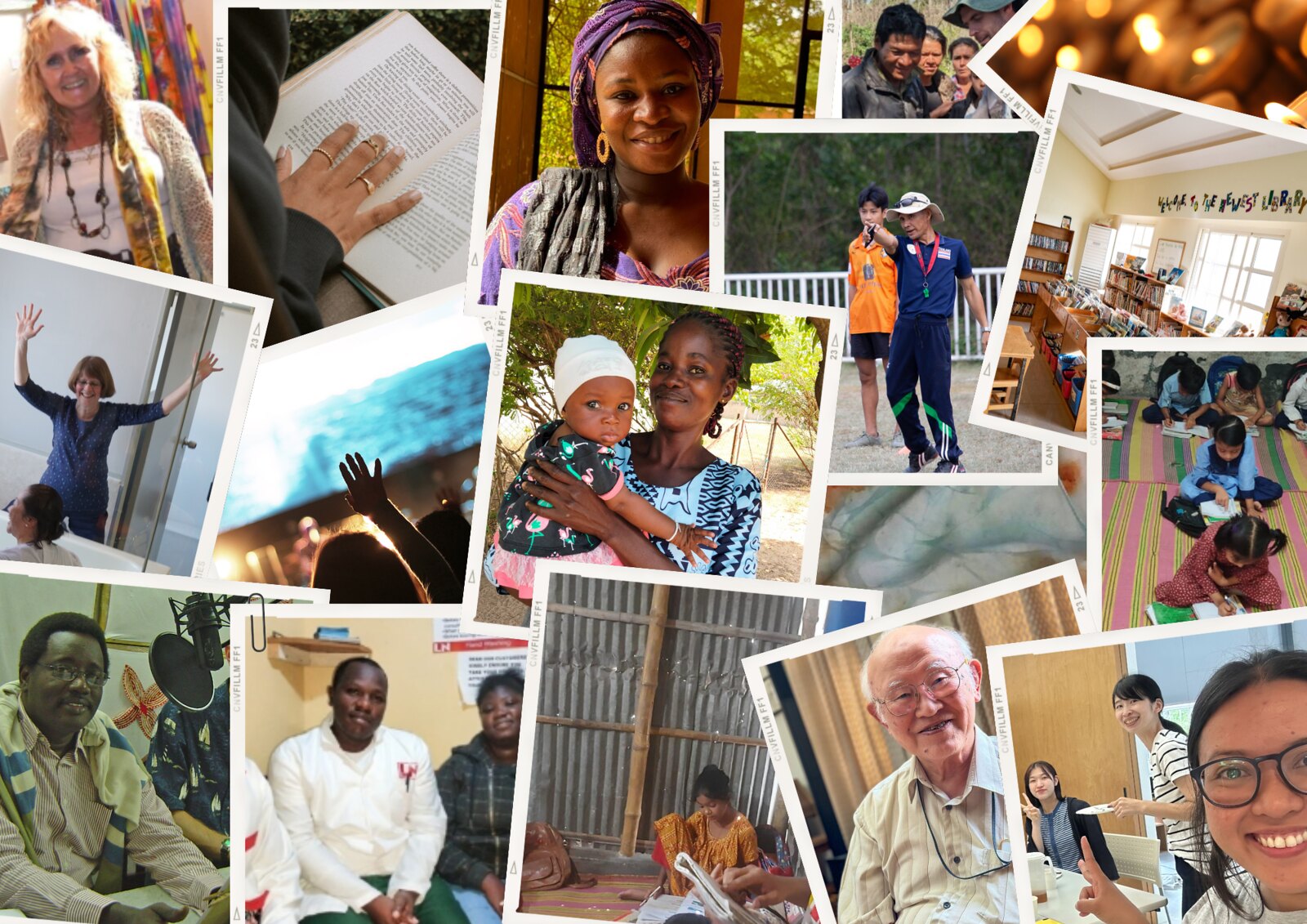From the top of Mt. Kilimanjaro
By Jason Pierce, SIM missionary to Tanzania | Tanzania in East Africa

I awoke to the sound of the wind howling through camp. The walls of my tent shook violently as I glanced at my watch. It was just after midnight; in about an hour, our team would make the final push for Uhuru Peak, the summit of Mt. Kilimanjaro in Tanzania — Africa’s tallest mountain. I rushed to pull on my gear and spent a moment in prayer before unzipping the tent and committing to the dark, cold night. The light of the mess tent promised hot chai and shelter from the wind. Minutes passed like seconds, and before I knew it, it was time for us to head out.
The mountain was cloaked in thick darkness, our headlamps casting just enough light for me to see three or four steps ahead through rocks and snow — and in some places, slippery ice. Wind howled as our team of 13 set out to conquer Mt. Kilimanjaro, or “Kili,” as we called it, one painfully slow step at a time. My heart beat through my chest, my lungs fought for air, and my eyes stung from the cold wind. There were times when I felt like I could go on for hours, and there were times when I thought I might never reach the top. Glances toward the summit, tall and distant, discouraged me. The headlamps of other climbers were faintly visible on the trail ahead, and were it not for their slight movement, I would have confused those closer to the summit with the stars over the ridge.
Finally, shortly after sunrise our team reached level ground at Stella’s Point. The euphoria of standing on flat terrain ended abruptly, though, when our guide reminded us that we still had another hour to go before we reached the peak. After some hot ginger tea and a few minutes of rest, we set out along the rim of the crater and made our final push to the top. The wind never let up, and at times it seemed like it might knock me off my feet. Finally, at around 8:45 a.m., our team reached the roof of Africa.
The view from the top was incredible! The sun had just come up, the wind was blowing in hard gusts and we looked down into a snow-covered crater.
So why did we shiver, strain, push on to the top of Mt. Kilimanjaro one chilly dawn?
We did it for clean water — and to share the name of Jesus. The Clean Water Climb exists to raise funds and awareness for Child Legacy International and their efforts to provide clean water and share the truth of Jesus in communities throughout rural Malawi. Clean water is a major issue in Malawi, Tanzania and many other countries. It's amazing the lengths some people have to go to for clean, drinkable water.
In addition, a good friend and supporter of ours had offered to match the total funds I raised for Child Legacy at $.50 to the $1, up to a total of $10,000. The money raised through this generous offer will then be donated to SIM’s Light Shine Primary School project in Lindi, Tanzania — the first private Christian school in its community.
Climbing Kili was hard. It was also fun, refreshing, encouraging and it’s something I will never forget. I spent eight days with an incredible group of men and women who love Jesus and want to serve Him well. I learned a lot. However, none of these things, no matter how good they might be, are the reason we set out to conquer Kili.
It was for water — clean water — for families and children and towns to drink and for the Living Water, Jesus Christ, who came so none of us will ever thirst again.
Pray for:
• participants like Jason Pierce in the Clean Water Climb!
• success in raising awareness of the need for clean water throughout rural Malawi and raising funds for important projects such as the Light Shine Primary School.
• many people in these rural areas to be drawn not only to water that satisfies our physical bodies, but to reach out to Christ, the Living Water, for salvation.
To learn more, visit Clean Water Climb or Light Shine School.
Related stories

Young women from rural Peru find discipleship and belonging in the city
As rural young women move to Peru’s cities for study or work, they face a world full of pressure, distraction, and isolation. Mission worker Lizzie is walking alongside them; offering friendship, discipleship, and a reminder of their worth in Jesus.

In Carrie’s classroom, Jesus is shaping hearts and minds for his kingdom
When mission workers with young families leave their home country, a major concern is how their children will get on. While the parents are out serving, the kids need stability, education, and spiritual nurturing. That’s where teachers like Carrie come in. Originally from Kansas, Carrie now teaches at a mission school in Liberia, part of Dakar Academy in Senegal, shaping young hearts and minds for God’s kingdom.

Ken & Gwen Baker have spent 40+ years engaged in mission work and adventures with God
Ken and Gwen Baker have retired after 43 years of faithful service with SIM — a life devoted to God, to their teammates, and to equipping others for ministry. They spent decades planting churches in West Africa, fostering intercultural ministry, and shaping mission training that continues to impact workers worldwide. As they step into a new season of life, their story serves as a powerful reminder of how God uses ordinary people, willing to follow his call, to build His church and transform lives.

